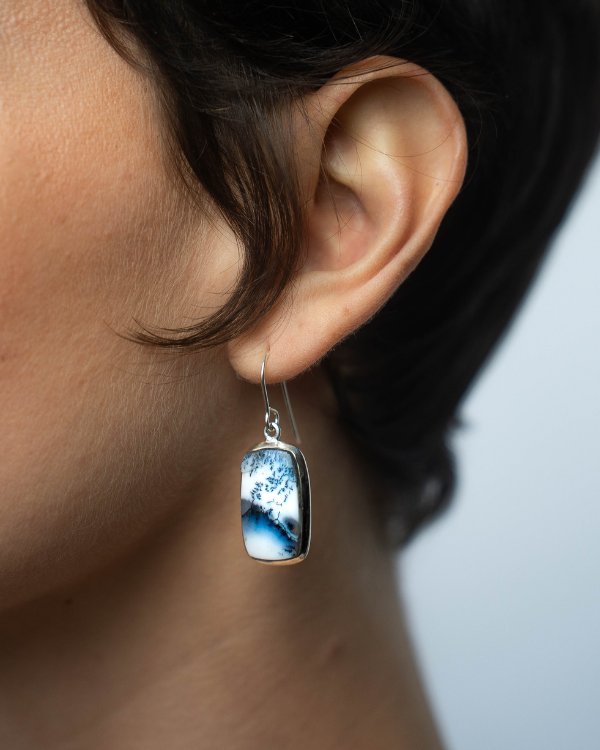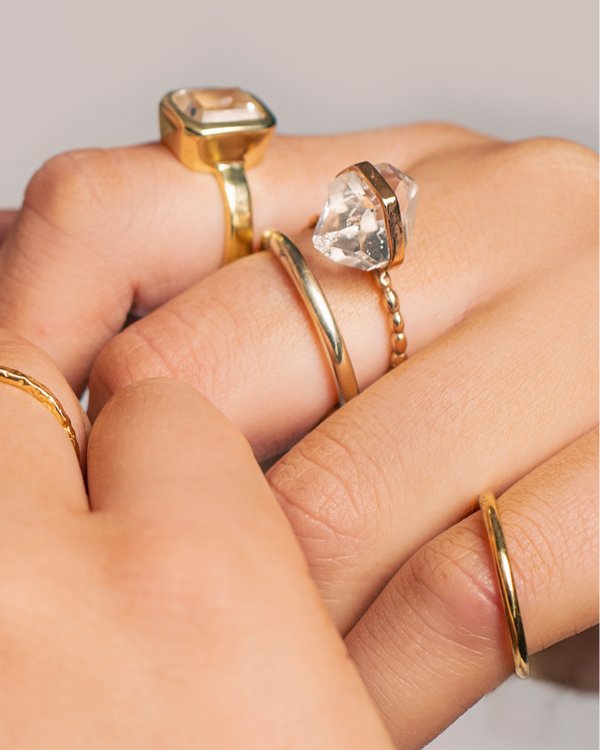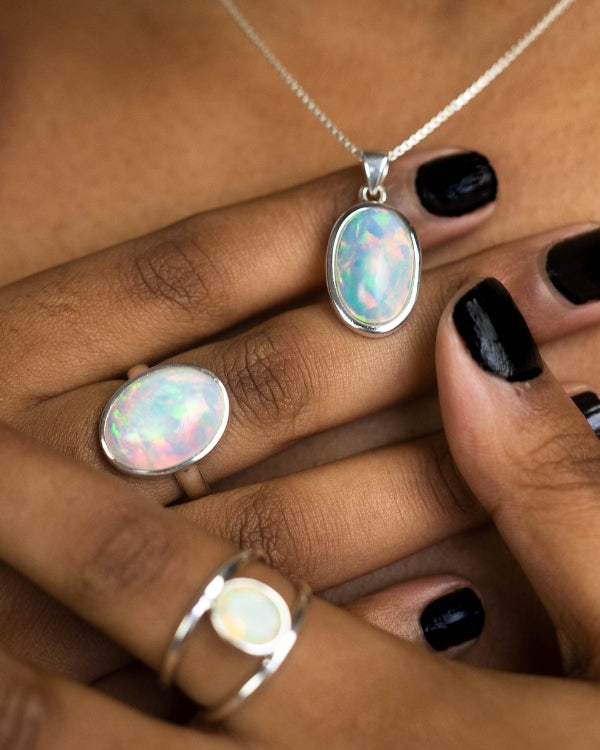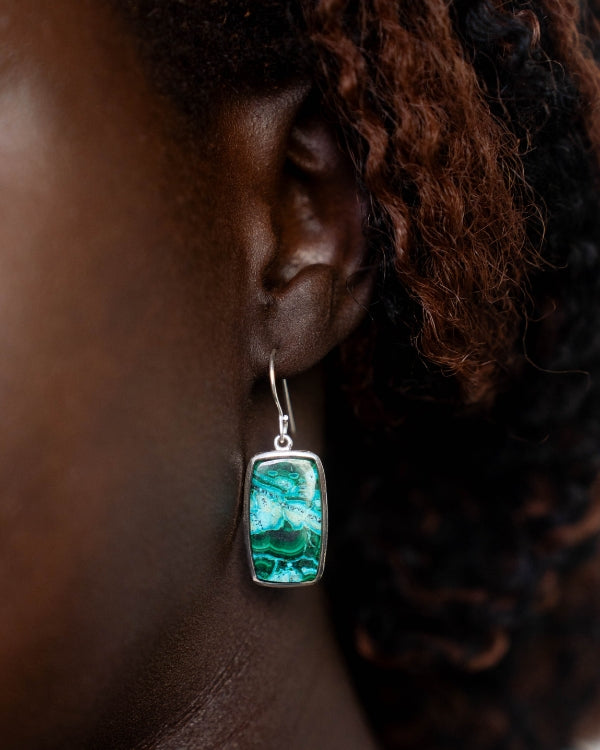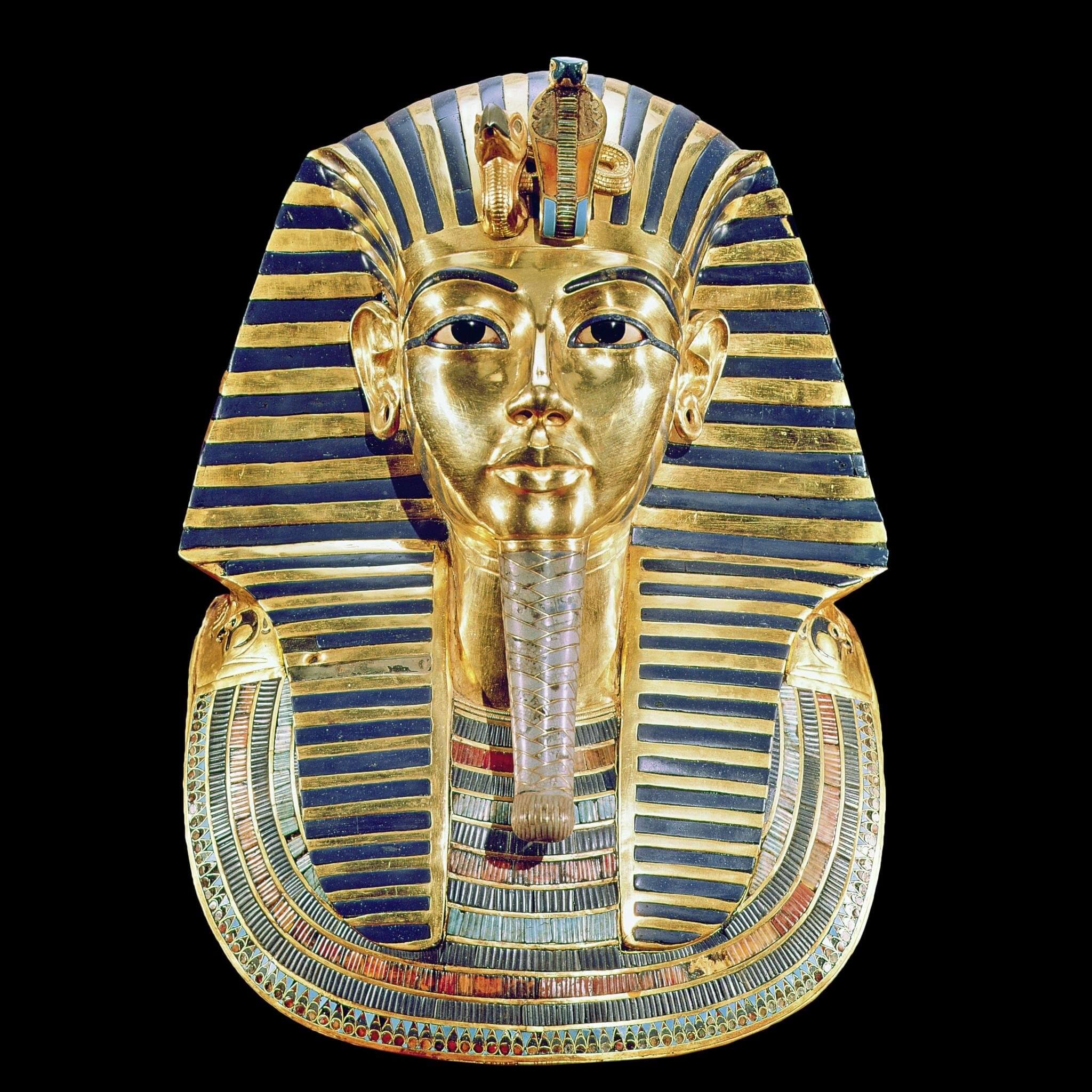Egyptian Origins: The Pharaohs’ Favorite
The first known emerald mines were located in Egypt's Eastern Desert, operating as early as 1500 BCE. Cleopatra, the last active ruler of the Ptolemaic Kingdom, was famously enamored with emeralds. She claimed ownership over the mines, now known as the “Cleopatra Mines,” and often gave carved emeralds bearing her likeness as diplomatic gifts.
To the Egyptians, emeralds symbolized fertility, eternal youth, and rebirth — traits often associated with the goddess Hathor. Scarab-shaped amulets were particularly popular, combining the regenerative symbolism of the beetle with the protective power of emeralds.

This petite scarab amulet, carved from Egyptian emerald, embodies the ancient belief in the gem’s power to protect and renew the soul.
Roman Reverence: Healing and Splendor
Emeralds were highly valued in the Roman Empire, admired for both their beauty and medicinal qualities. Pliny the Elder, a Roman author and natural philosopher, wrote in his Natural History (77 CE):
“...nothing is more intense than the emerald’s green... no better method of restoring the eyes than by looking at an emerald.”
Emeralds were used in jewellery and signet rings, especially by the Roman elite, who prized them not just for decoration, but for their reputed ability to improve vision, calm the spirit, and even predict the future when held under the light.

Roman gold ring with emerald intaglio of an eagle, 1st century AD. The eagle was a powerful military symbol in Roman culture.
Colombian Legacy: The Emerald Capital of the World
Long before European arrival, Colombia’s Muzo people mined emeralds with exceptional skill. The Spanish conquistadors, stunned by the sheer size and clarity of the emeralds they encountered, pursued the legendary “lost mine” of the Muzo — yet it was never found.
In the 17th century, Colombian emeralds became global treasures. One of the most remarkable artifacts from this era is the Crown of the Andes, made in Popayán. It was adorned with over 400 emeralds — some said to have belonged to Atahualpa, the last Incan emperor.

Crown of the Andes, ca. 1660–1770. A Spanish colonial masterpiece featuring hundreds of Muzo emeralds. Metropolitan Museum of Art.
Medieval Europe: Stones of Truth and Virtue
In the Middle Ages, emeralds were believed to repel evil, encourage chastity, and uncover lies. Monks and alchemists described them as tools of divine revelation and personal purity. The Liber Lapidum by Marbod of Rennes (11th century) praised emeralds for their power to bring wealth and clarity of thought.
One 13th-century manuscript, Liber Additamentorum by Matthew Paris, documents the treasured gems and rings of St Albans Abbey. Such relics were thought to carry protective, even holy, properties.

A page from Matthew Paris’s manuscript showing the jeweled possessions of a medieval abbey. Emeralds were believed to protect against evil and sharpen spiritual insight.
India and the Mughal Empire: Gems of Wisdom and Power
In ancient and medieval India, emeralds (known as panna) were deeply tied to astrology, health, and metaphysics. According to Hindu tradition, they were associated with the planet Mercury (Budha), the harbinger of communication, intellect, and clarity.
During the Mughal Empire, emeralds reached a pinnacle of artistic use. Emperors such as Shah Jahan, builder of the Taj Mahal, wore intricately inscribed emeralds set with sacred texts. The green gem was considered spiritually powerful, a symbol of paradise, and an essential part of royal regalia.

The Mogul Mughal Emerald, 217.80 carats, inscribed with a Shi’a prayer in elegant naskh script. A symbol of the Mughal Empire’s opulence and spiritual artistry.
The Renaissance: Alchemy, Wealth, and Royal Splendor
In the Renaissance, emeralds were not only symbols of wealth but also objects of scientific curiosity. European alchemists believed the stones could protect against poison and restore spiritual balance. Royals like the Habsburgs displayed emeralds prominently in crowns, reliquaries, and rings.
The stone also held romantic symbolism, believed to preserve love and fidelity — making it a popular choice for engagement jewellery.
Brazil’s Emerald Renaissance: A New Source Emerges
Although Colombia remains the most iconic source, Brazil became a major emerald producer in the 20th century. Deposits discovered in the state of Minas Gerais offered a new supply of high-quality stones known for their deep, saturated colour.
These Brazilian emeralds helped meet increasing global demand and diversified the market. Today, Brazil stands alongside Colombia and Zambia as a leading emerald source.
Final Thoughts
From Egyptian tombs to Colombian cathedrals, from Mughal courts to medieval manuscripts, emeralds have enchanted the human imagination for over 3,000 years. They are not just beautiful gemstones — they are vessels of history, culture, and myth. Whether believed to sharpen the mind or protect the soul, emeralds continue to hold a powerful allure that transcends time.

